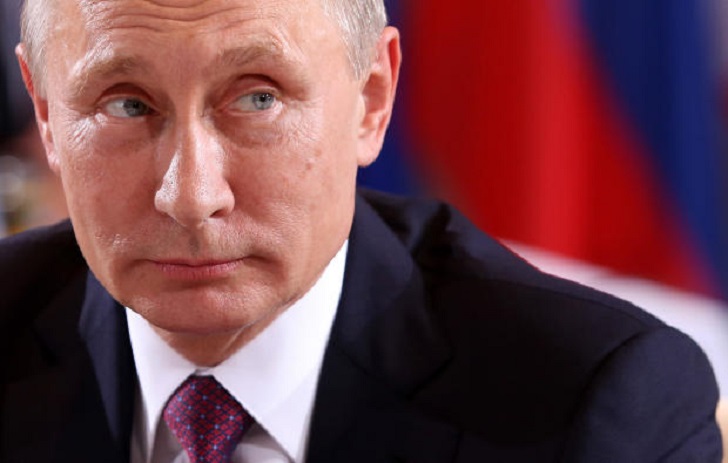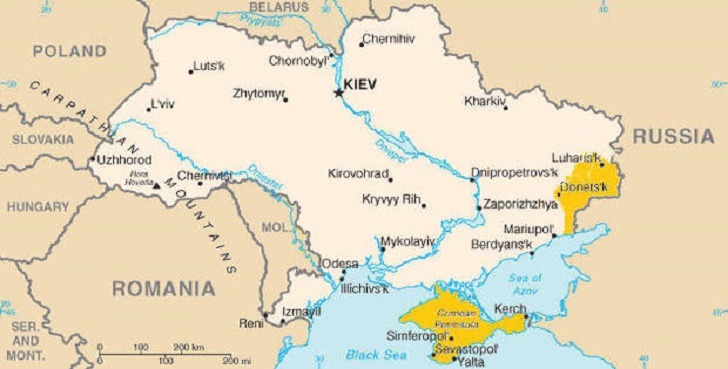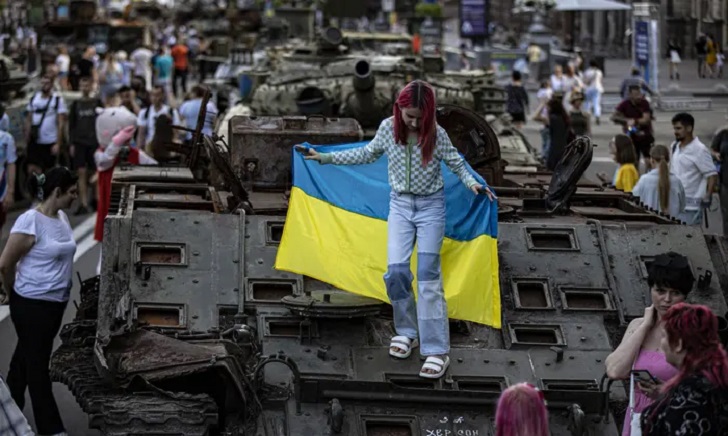Following Moscow’s contentious acknowledgment of the independence of separatist territories in the country’s east, the Russia-Ukraine issue, which started around eight years ago, has assumed new dimensions.
Russian President Vladimir Putin has made many claims justifying the invasion: that Ukraine was committing genocide against Russians; that Ukraine is not an independent nation but rather a part of Russia; that the invasion was an “act of self-defense” against the expansion of the North Atlantic Treaty Organization (NATO).
A summary of a long history

Much of present-day Ukraine was included in the Russian empire by Catherine the Great in the late 1700s. Early in the 20th century, Ukraine battled for independence but was unsuccessful and joined the Soviet Union. According to Ukrainians, their county was a separate entity from the beginning since it always had its own language, culture, and history however they were veiled behind the status of being a part of the USSR.
Following the dissolution of the Soviet Union in 1991, Ukraine proclaimed its independence. Ukraine agreed to hand over these weapons to Russia at the time because a sizable fraction of the Soviet nuclear arsenal was located within its borders.
Although Ukraine’s democratically elected government has recently gotten closer to Western Europe, there are still strong cultural ties to Russia, particularly in the country’s eastern region, where Russian is the primary language.
Russian invasion in Ukraine

Vladimir Putin, the president of Russia, has been driven by an obsession with restoring Russia to national greatness. Before Russia launched the current invasion, Putin demanded that NATO rule out admitting any new members from among the former Soviet states, most importantly, Ukraine, and that NATO forces pull back from positions in other countries near Russia. The U.S. and NATO flatly rejected the demand to preclude any new members.
Many analysts believe Putin’s objective is to topple Ukraine’s current government so it can be replaced with a new pro-Russian regime.
Russian invasion after six months

The invasion of Ukraine by Russia, which astonished the world and was virtually universally condemned, began six months ago. Although it was generally believed that Russia was poised to quickly replace Ukraine’s pro-Western government, those expectations soon dissipated. The war has caused widespread death, destruction, and displacement in Ukraine. Furthermore, it has already extolled a high price on the country and its people and is costly for Russia too.
Russian troops in recent months have pulled out of Snake Island and occupied areas, such as Crimea and Kherson (which Russian commanders have reportedly fled). Russian forces are also witnessing an increasing number of Ukrainian strikes in what could be the start of a much-vaunted counteroffensive by Kyiv’s forces to retake its lost territory in the south.
Russian officials have said their forces are fighting for the “complete liberation” of the Donbas, which broadly refers to Ukraine’s eastern regions of Donetsk and Luhansk, where Russian-backed separatists held significant territory before the invasion. Russian forces now control all of the Luhansk regions and they are continuing to make advances in the Donetsk region.




